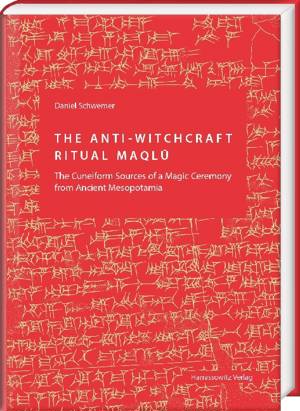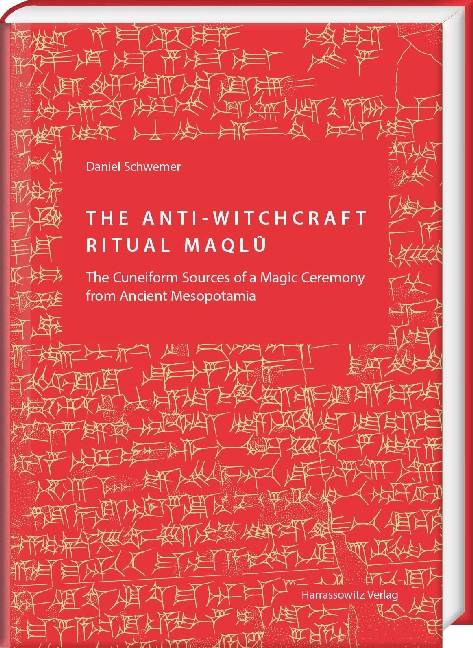
- Afhalen na 1 uur in een winkel met voorraad
- Gratis thuislevering in België vanaf € 30
- Ruim aanbod met 7 miljoen producten
- Afhalen na 1 uur in een winkel met voorraad
- Gratis thuislevering in België vanaf € 30
- Ruim aanbod met 7 miljoen producten
Zoeken
The Anti-Witchcraft Ritual Maqlu
The Cuneiform Sources of a Magic Ceremony from Ancient Mesopotamia
Daniel Schwemer
Hardcover | Engels
€ 223,95
+ 447 punten
Omschrijving
This book examines the epigraphy and history of transmission of the cuneiform sources of the Maqlu anti-witchcraft ritual, one of the major compositions of ancient Mesopotamian exorcistic lore and a masterpiece of Babylonian literature. The performance of Maqlu, 'Burning', stretched over a whole night and included the recitation of almost a hundred incantations. In the course of the ritual, the victim of witchcraft is transferred from a state of imminent death back to life; he is purified and his bound state undone. The witches are assigned the fate they had intended for their victim by sending the witchcraft back to them. The book consists of three parts: First, an introduction to the Maqlu ceremony as a Babylonian anti-witchcraft ritual is provided; it includes an attempt at giving a step-by-step reconstruction of the ritual drama of Maqlu based on the instructions for its performance and the texts of its recitations. Next, a set of more specialized studies is devoted to various aspects of the cuneiform transmission of Maqlu: the history of the text's reconstruction; the types of manuscripts; their specific provenance and historical context; variation in the textual transmission as well as spelling conventions and linguistic characteristics. Finally, the manuscripts are presented in 'hand-copies' (technical drawings) on the plates in the second half of the book.
Specificaties
Betrokkenen
- Auteur(s):
- Uitgeverij:
Inhoud
- Aantal bladzijden:
- 220
- Taal:
- Engels
Eigenschappen
- Productcode (EAN):
- 9783447107709
- Verschijningsdatum:
- 5/05/2017
- Uitvoering:
- Hardcover
- Formaat:
- Genaaid
- Afmetingen:
- 345 mm x 240 mm
- Gewicht:
- 1559 g

Alleen bij Standaard Boekhandel
+ 447 punten op je klantenkaart van Standaard Boekhandel
Beoordelingen
We publiceren alleen reviews die voldoen aan de voorwaarden voor reviews. Bekijk onze voorwaarden voor reviews.








